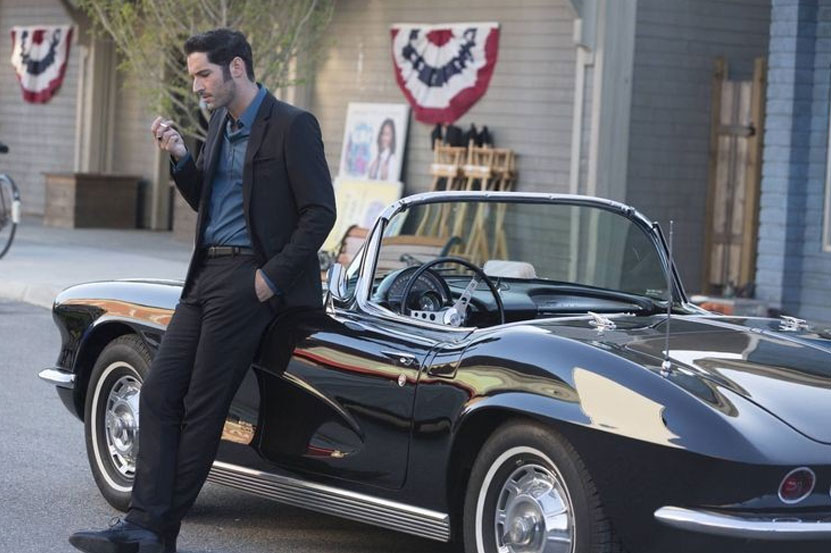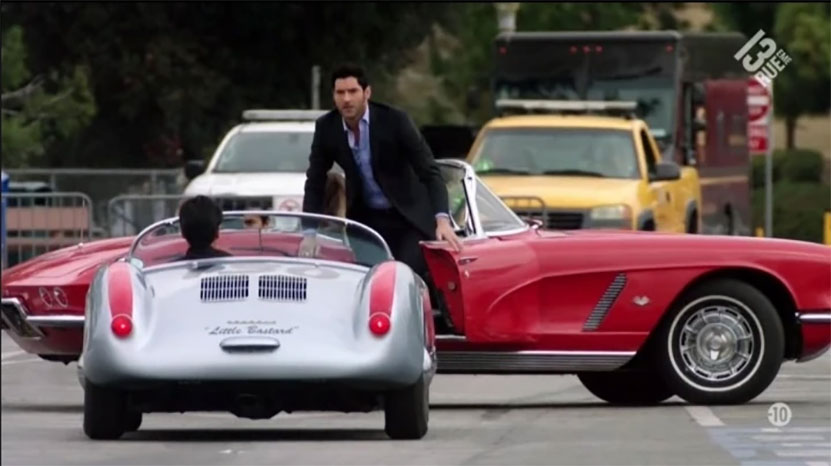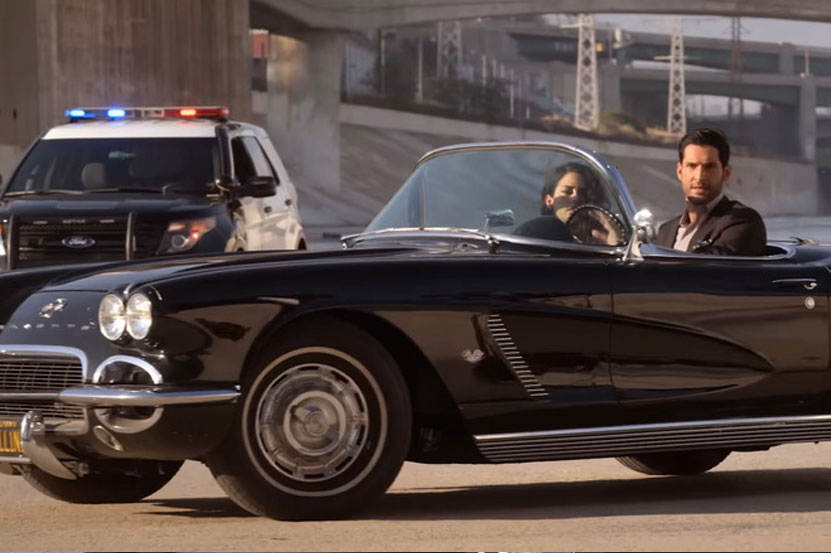When Lucifer Morningstar glides through the neon-lit streets of Los Angeles, he rarely walks. He prefers to slide behind the wheel of something fast, sleek, and a little bit sinful. “Lucifer Cars” have become unofficial co-stars of the hit series, turning every chase, nightclub arrival, or reflective rooftop scene into a mini car commercial for vintage style. This article explores the main vehicles the Devil favors, why they suit his personality, and how each set of wheels quietly pushes the story forward.
Lucifer’s Love Affair with Automobiles
Cars are more than transport for Lucifer—they’re a rolling extension of his charm and ego. The metal, chrome, and leather say what he rarely voices aloud: power, taste, and a hint of danger. By choosing classics instead of modern supercars, the character reminds viewers that timeless elegance outshines flash-in-the-pan trends.
Star of the Show: The 1962 Chevrolet Corvette C1

If any single vehicle defines the series, it’s the black 1962 Chevrolet Corvette C1 convertible bearing the custom plate “FALL1N1.” Fans instantly picture its long hood, sculpted fenders, and that open-top silhouette sliding to a stop outside Lux. The ’62 model ended the first Corvette generation (the C1) and ushered in a potent 327-cubic-inch V8, balancing classic looks with extra punch.
Why it’s perfect for Lucifer
- Timeless allure: Like its driver, the C1 never seems to age.
- Understated menace: Matte-black paint whispers danger without shouting.
- Collector’s prestige: Fewer than 15,000 were built that year, signaling exclusivity.
- Symbolic license plate: “FALL1N1” nods to the angel who fell yet still rules the night.
The Story Behind the Corvette
On set, multiple stunt and hero cars keep production running. Show star Tom Ellis once joked that if he could snag one souvenir, it would be this very Corvette. Real-world owners prize the ’62 for being the last with a solid-rear-axle chassis and the first with the muscular 327. Combine that with jet-age curves and you have a car that looks born to blast down the Sunset Strip—exactly where Lucifer loves to play.
A Stylish Detour: 1963 Aston Martin DB4 Convertible

Season 4 briefly swaps the Corvette for a crimson 1963 Aston Martin DB4 Convertible Lucifer Wiki. The change arrives alongside big emotional shifts—especially Lucifer’s reunion with Eve—making the Aston feel like a new suit to impress an old flame.
Highlights of the DB4
- Car-show cachet: The episode’s luxury show backdrop lets the British drop-top shine.
- Sophisticated vibe: The DB4’s polished lines contrast with the Corvette’s raw Americana.
- Character mirror: Choosing a rarer, pricier European classic hints at Lucifer’s evolving taste—and growing uncertainty about his future.
Other Wheels Lucifer Has Rolled
While the Corvette stays front-and-center, a few additional cars make cameos:
| Episode | Vehicle | Why It Matters | Source |
|---|---|---|---|
| S4 “Expire Erect” | 1963 Aston Martin DB4 | Signals Eve’s influence and Lucifer’s restless mood | (Lucifer Wiki) |
| S3 alt-universe scenes | 1968 Cadillac DeVille (black) | Adds a darker, heavier presence for a world gone sideways | (Reddit) |
| S5 flashbacks | Chevrolet Camaro SS | Muscle-car energy underscores younger, reckless Lucifer | (Wheel4world – automotive news) |
These brief swaps keep the visual palette fresh while showing different shades of the Devil’s personality—romantic, menacing, or nostalgic.
Why These Cars Fit Lucifer Like a Tailored Suit
- Classic charisma – Each model is a design icon. Lucifer favors style with staying power, much like his own centuries-spanning allure.
- Balanced power – None of the cars is the absolute quickest on the road, but they pack enough horsepower to outrun trouble, echoing Lucifer’s preference for wit over brute force.
- Collectability – Rare cars signal a collector’s eye and deep pockets—traits the club-owning Devil possesses in spades.
- Story utility – A convertible lets cameras catch conversations, smirks, and the occasional burst of devilish flame without windshields getting in the way.
Cars as Silent Storytellers
Television often uses vehicles to sketch character backstories without forcing dialogue. For Lucifer:
- The Corvette’s American roots hint at his newfound attachment to Earth.
- The Aston’s European elegance recalls his celestial origins and refined tastes.
- Quick glimpses of muscle cars nod to reckless centuries spent pushing boundaries.
Viewers feel these clues subconsciously, enriching the drama while giving gearheads something extra to admire.
Final Thoughts
“Lucifer Cars” are more than pretty props; they’re carefully chosen mirrors of a complicated anti-hero. The 1962 Corvette C1 remains the undisputed icon, its black paint gleaming like a tailor-made tuxedo at midnight. Yet every time another classic replaces it for an episode or two, the series quietly tells us the Devil is evolving—faster than he cares to admit. Next time those headlights slice through the Los Angeles haze, listen closely: the engine note might reveal exactly where Lucifer’s heart is headed.

